Traversing our nation, one finds wonder in almost every destination. After a three-day visit with our son in the Seattle area, we were on the downhill slope of our Epic Road Trip. We still had plenty of sights to see, but it would be mixed with an abundance of road hours. Departing early in the morning, we headed out to cover over 600 miles until the next restful night. Our goal was Twin Falls, Idaho, which is home to Shoshone Falls. This natural attraction has been nicknamed the Niagara of the West, so we felt it could not be missed. Such a long drive meant we would have little time for distractions on this particular day.
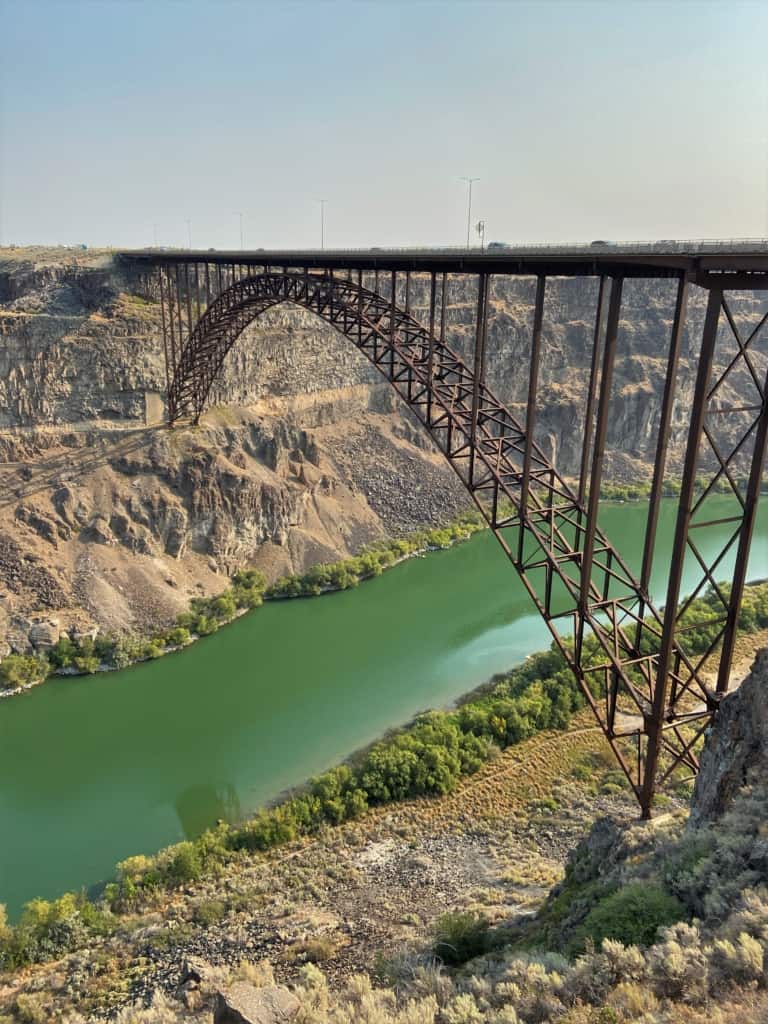
Sky High Views
While the stops were limited, there were still some to note. It’s important to stretch your legs once in a while, and Pendleton, Oregon seemed like a good place for this. Sure enough, a quaint downtown strip offered a few interesting shops to explore as we let the blood flow return to our limbs. Most of our day was spent watching the miles roll by, as we made our way south. In the late afternoon, we caught our first sight of the Snake River, which told us that our destination was soon to be found. Dusk was falling as we turned into our hotel, so exploring would have to wait until morning. We couldn’t wait to cross the Perrine Memorial Bridge and see downtown Twin Falls.
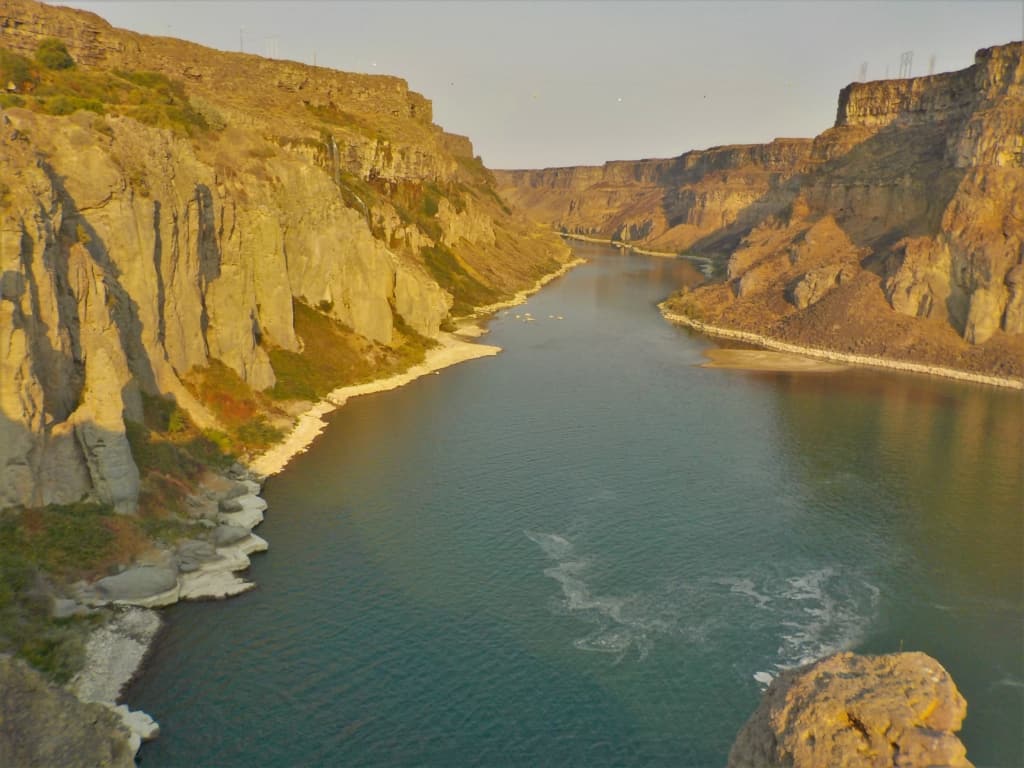
Iconic Memories
The morning dawned bright with a promise of beautiful weather. After grabbing some coffee, a must for this traveling couple, we crossed the bridge into the city. My research had dug up an unexpected connection from near our hometown. It was in Twin Falls, that Evel Knievel had attempted his infamous Snake River Canyon jump. On September 8, 1974, Evel Knievel took to the Idaho sky, as the skyrocket soared from its launch ramp. A drag parachute deployed prematurely, and he drifted down into the canyon. While our memories of this particular stunt have faded over the years, the details are captured at the Evel Knievel Museum in Topeka, Kansas.
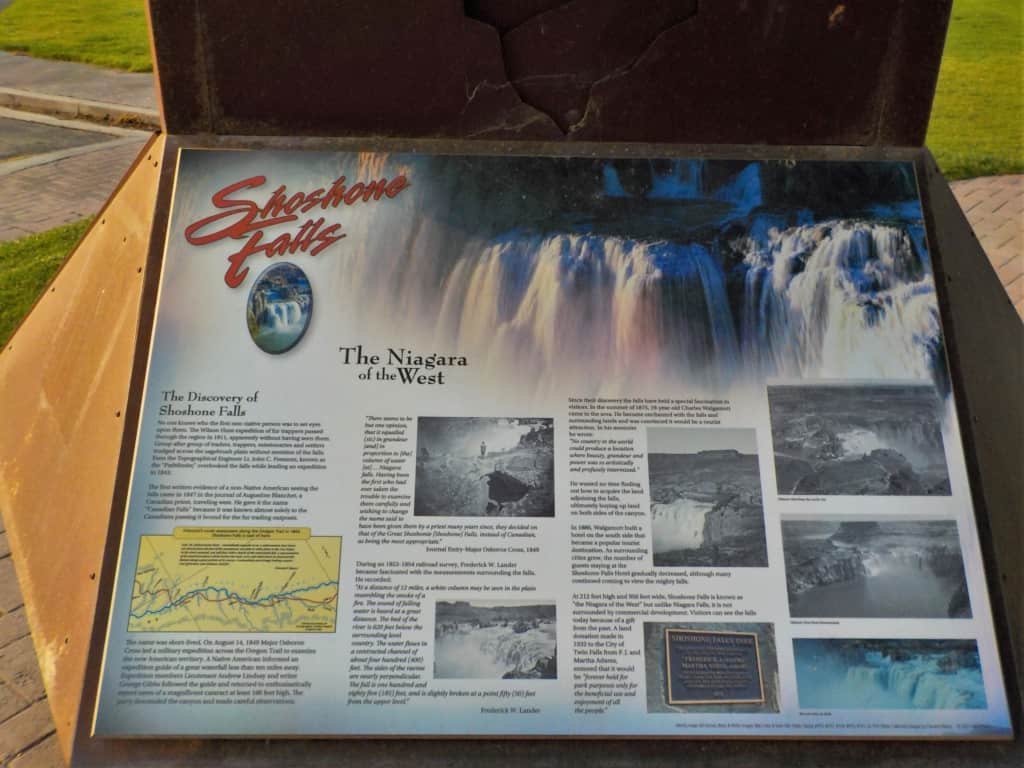
Niagara of the West
After spending a few minutes waiting for a base jumper to leap from the bridge, we finally decided to make our way to the falls. A short, but winding road leads down to Shoshone Falls Park. The basalt canyon walls enclose the Snake River, forcing the water flow to contract on its way to the Columbia River. The distinct horseshoe-shaped cliff stands 212 feet tall, which makes for an impressive drop. The falls get their name from the Lemhi Shoshone people who fished the salmon runs for generations. The height of the falls prevented the salmon from traveling any further inland, so this became a prime spot for fishing. The first written documentation of Shoshone Falls came from John Fremont’s 1843 expedition.
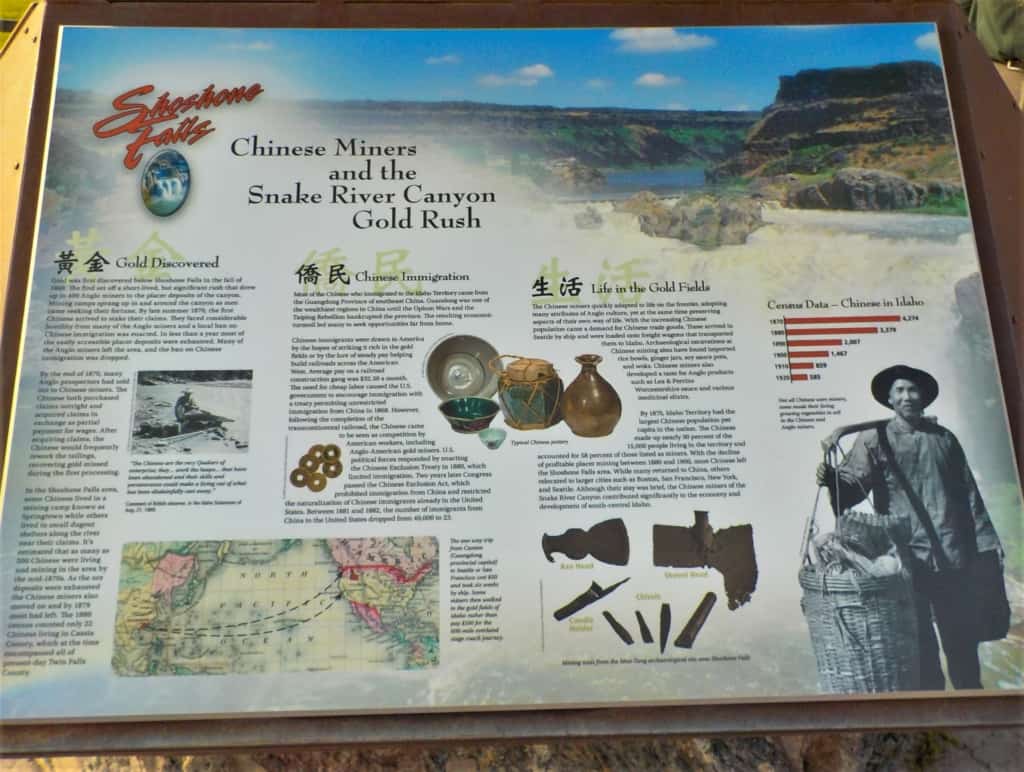
Shoshone Falls History
In 1869, gold was discovered around Shoshone Falls. This set off a rush of prospectors bent on quick riches. The majority of the finds were made up of fine particles, referred to as “gold flour”. The flurry of activity began to subside within a year, as the yields dropped significantly. By 1871, most of the miners were selling off their claims to Chinese immigrants, who would continue working the mines until the early 1880s. Many had hoped that the gold find near Shoshone Falls would be as significant as that found in Boise, but the reward failed to match up to the investment needed to retrieve it. In the end, the mines were abandoned and the river was allowed to return to its natural state.
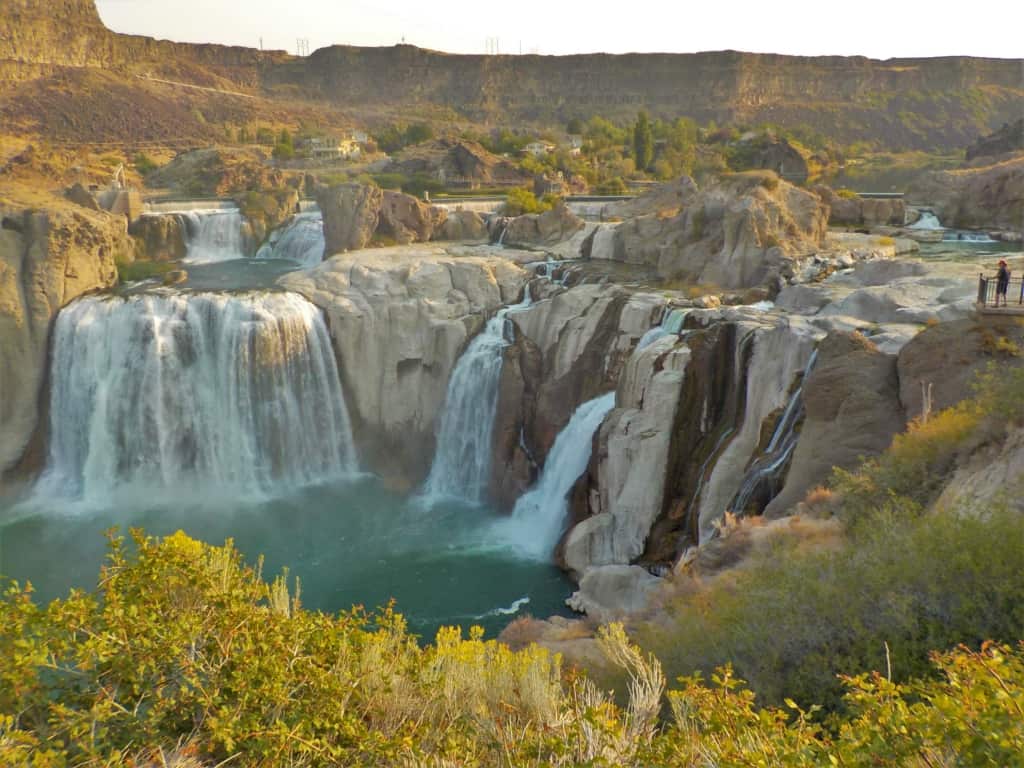
In Awe of the Falls
Our visit to Shoshone Falls came in the fall when the water flow is often restricted. Even without the spring flush of water, it is still an impressive sight. This time of year allows visitors to see more of the details that make up the entire fall system. While it is nicknamed the Niagara of the West, there is one distinct difference. Unlike its counterpart in the east, this natural attraction is not overshadowed by commercial development. It almost feels like you are leaving town to get to the falls. This has allowed the splendor of the attraction to be the only distraction.
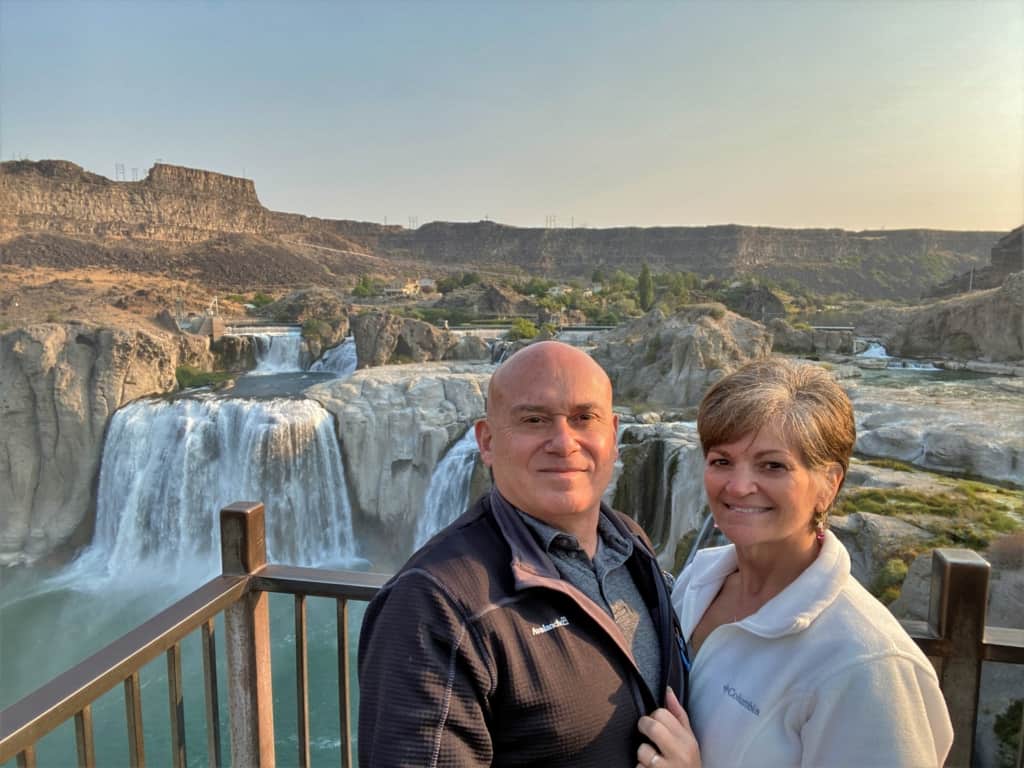
What a Way to Start a New Day
As we stood there taking in the grandeur of Shoshone Falls, we were in awe of the natural beauty we have found across our nation. While waterfalls are one of our favorite sights, we could also see the magic in the rest of the landscape. Being from Kansas, we are used to settings that have less rise and fall. As we meandered across the northwest, we were taking in all of the unique charms that are found at nearly every turn. Our day was only beginning and we were already maxing out our sense of wonder. With less than 400 miles to travel, we were looking forward to many more alluring scenes. The question for the day was; what would we find around the next bend in the road?


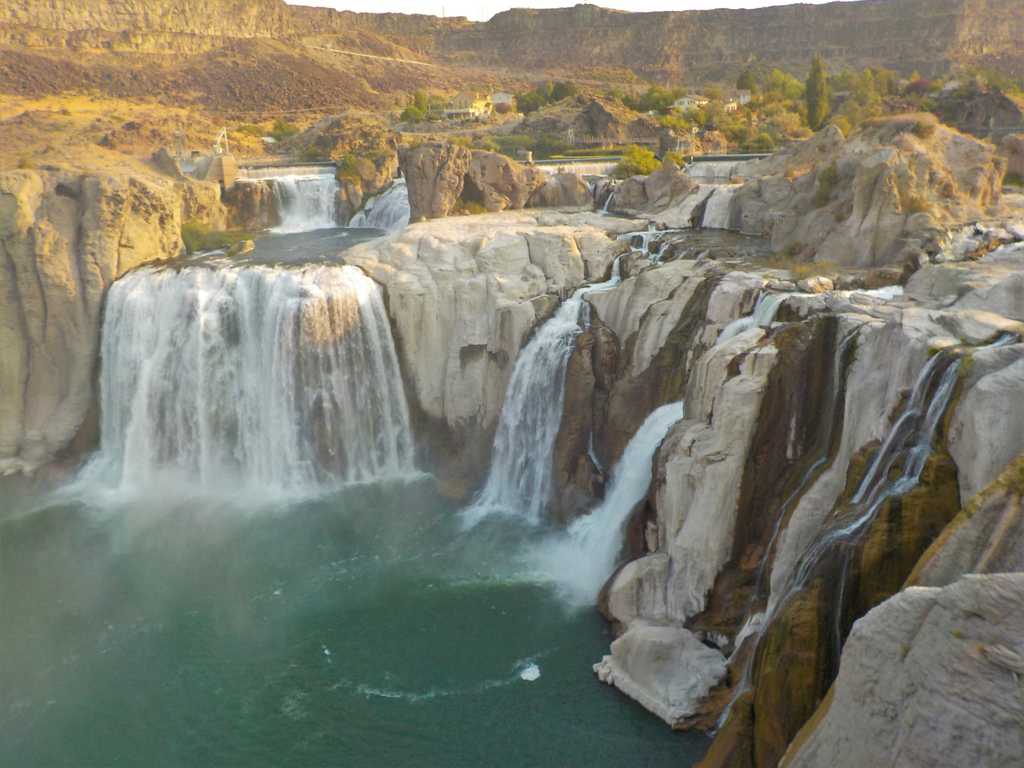
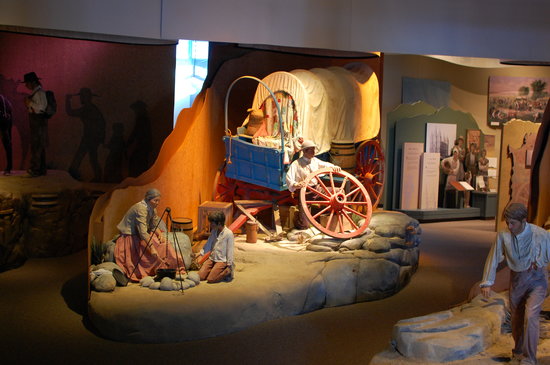
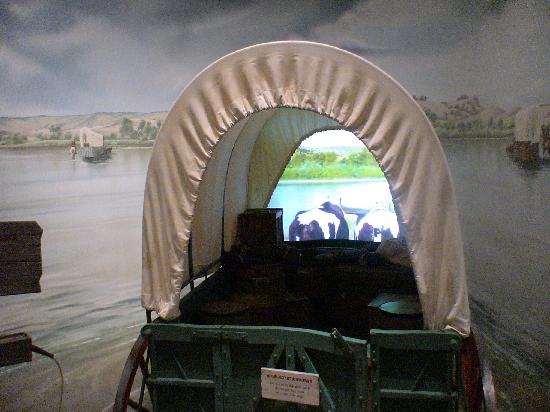
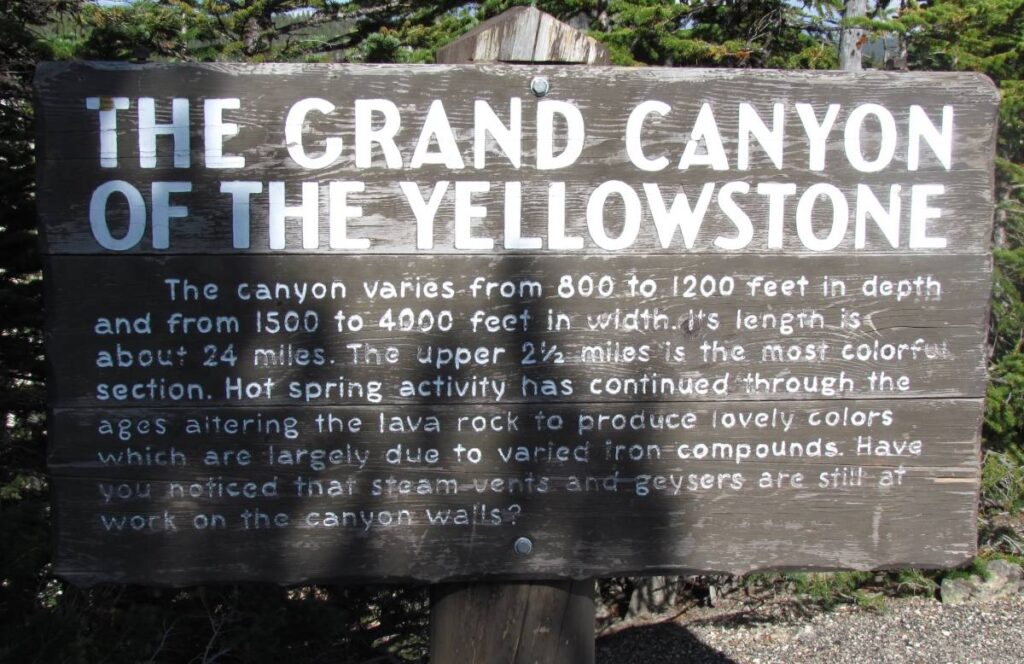
Love traveling along with you all via your words and pictures. We have been to some of the sites from your NW trip but not all of them. Have added Shoshone Falls to places we need to see when we can get away and travel again.
We are so glad to have you along. The NW region has so much to see and do. Our trip was only scratching the surface.